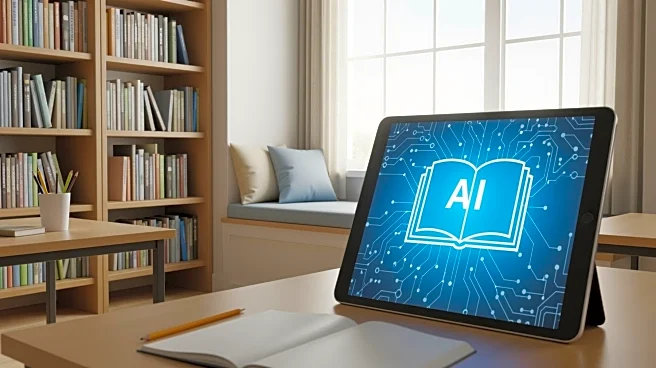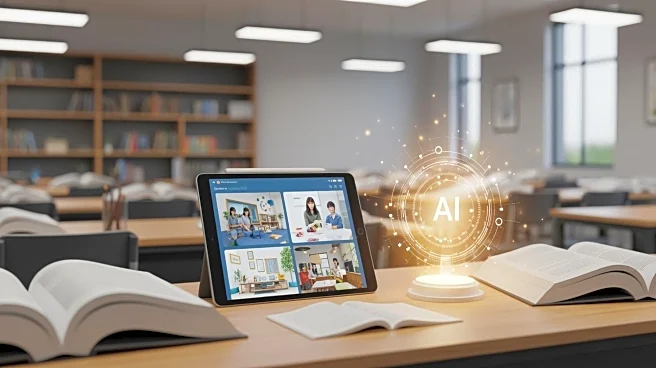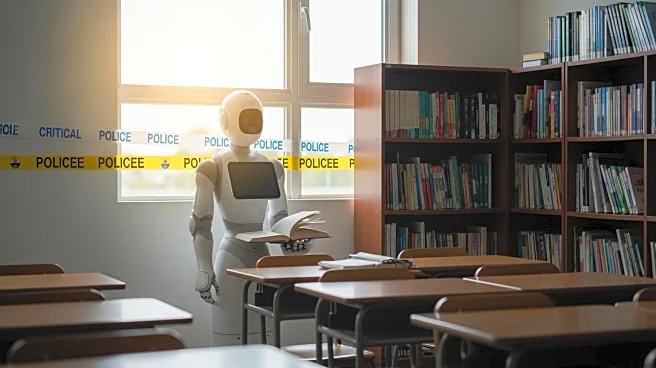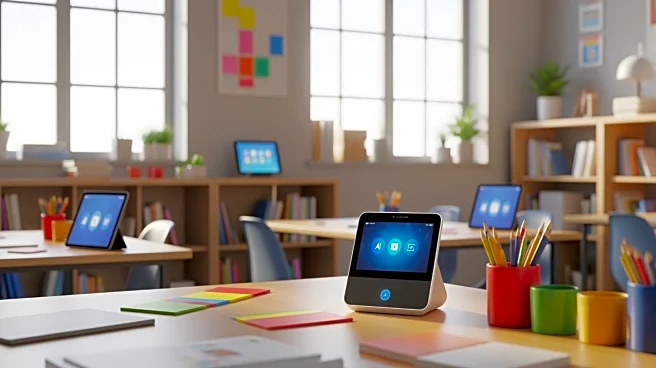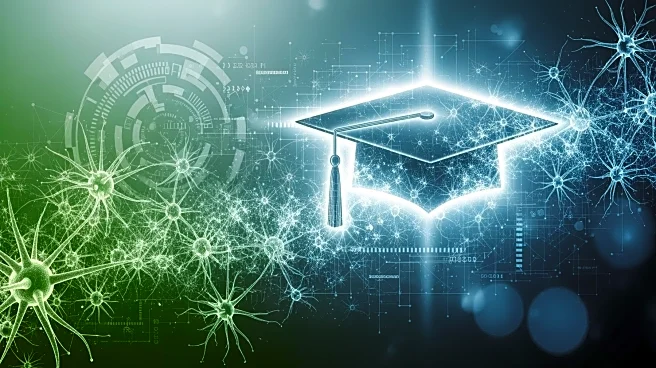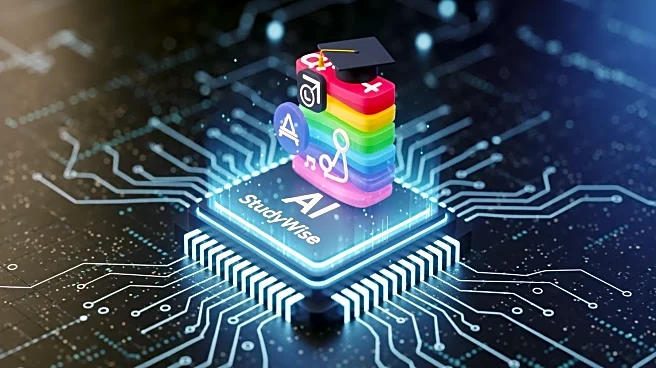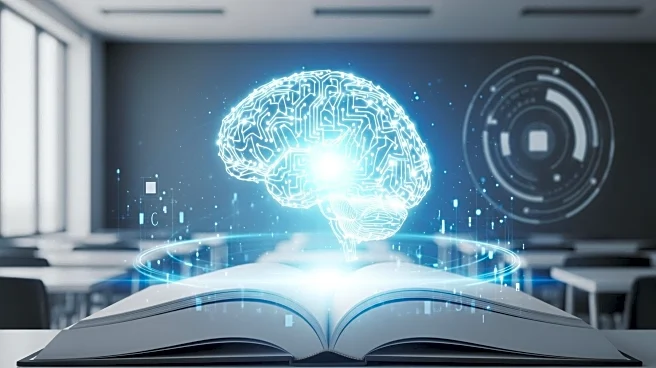What's Happening?
A professor and linguist has shared insights on the evolving reading habits of students in the context of AI and digital media. The article discusses the shift from traditional book reading to digital content
consumption, highlighting the role of AI in assisting students with reading and writing tasks. Despite concerns from cultural critics about declining reading habits, the professor argues that the availability of diverse content online offers new opportunities for learning and engagement. The rise of AI tools is seen as a natural progression, allowing students to focus on critical thinking rather than rote tasks.
Why It's Important?
The integration of AI in education reflects broader changes in how information is consumed and processed. This shift has implications for educational policy and curriculum design, as educators must adapt to new technologies and teaching methods. The use of AI can enhance learning experiences by providing personalized assistance and freeing up time for deeper intellectual engagement. However, it also challenges traditional educational practices, necessitating a reevaluation of how critical skills are taught and assessed.
What's Next?
Educational institutions may need to reconsider their approaches to teaching and assessment, incorporating AI tools into their curricula. This could involve developing new standards for evaluating student performance and ensuring that AI is used effectively to support learning. As AI becomes more prevalent, educators will likely explore innovative ways to integrate technology into classroom activities, fostering a balance between digital and traditional learning methods.
Beyond the Headlines
The cultural shift towards digital media raises questions about the long-term impact on literacy and cognitive development. While AI offers benefits in terms of efficiency and accessibility, it also poses challenges in maintaining the depth and quality of learning experiences. Educators must navigate these changes carefully, ensuring that students develop critical thinking skills alongside technological proficiency.
